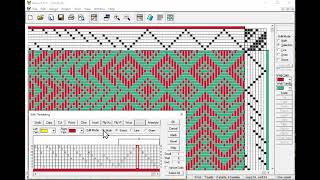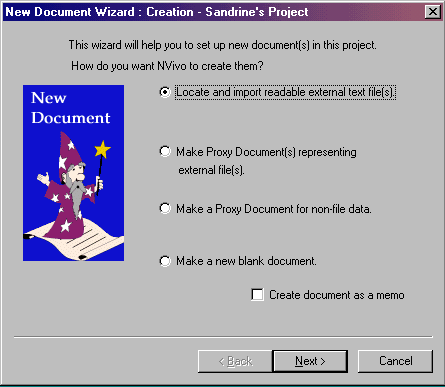

Now, if a weaver using Fiberworks PCW wants to share a project with a weaver who uses pixeLoom, the first weaver can select File->Save As->WIF Format in order to export the project into the WIF format which the second weaver can then import using File->Open.
IMPORTING FILES INTO WEAVEIT SOFTWARE
Most weaving software implements the WIF standard as an import/export file format. If the weaver owned more than one brand of weaving software-perhaps because each had different features they needed for their designing-they could not transfer weave drafts between the two programs, and would instead have to re-enter everything by hand. plm files.īefore the WIF standard, there was no way for a weaver using one program to share their electronic drafts with someone using another.

The reason a generic standard is necessary is that each weaving program stores draft and project information in its own proprietary file format. Using WIF files, weavers can electronically store and exchange weave drafts, display them graphically with weaving software, and use them to drive computer-assisted looms. (If you're willing to wade through formatting, you can even open WIF files in a text reader such as Windows Notepad.) What makes WIF files so wonderful is they're a generic standard, and can be read by nearly all weaving software. It is a specially formatted text file that describes a weaving project.


 0 kommentar(er)
0 kommentar(er)
